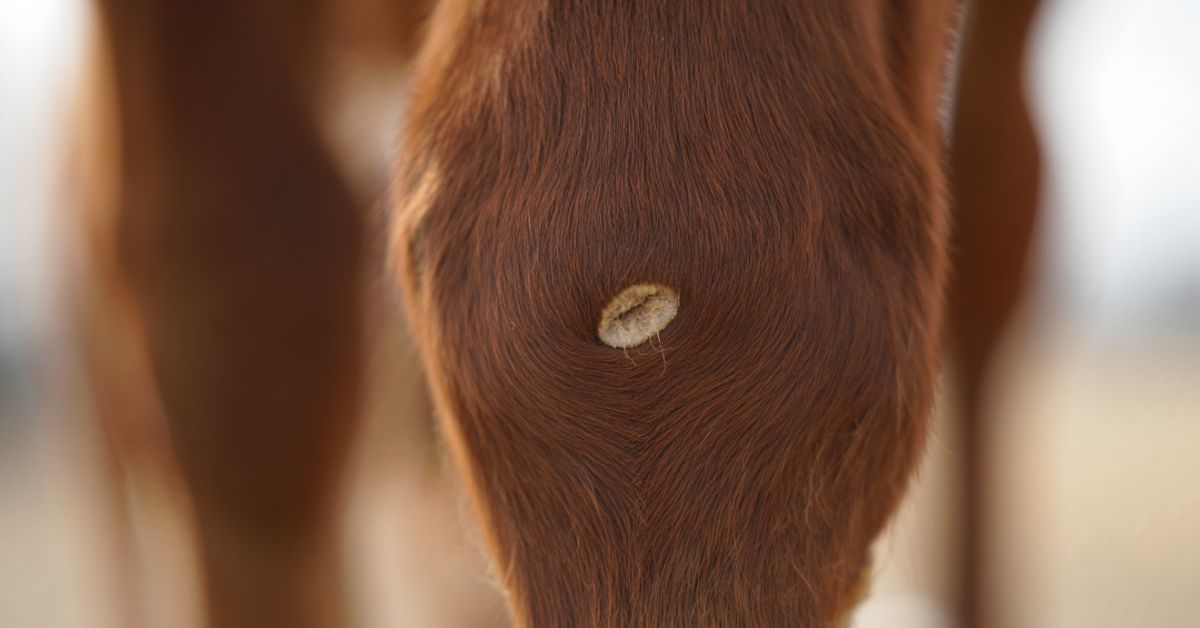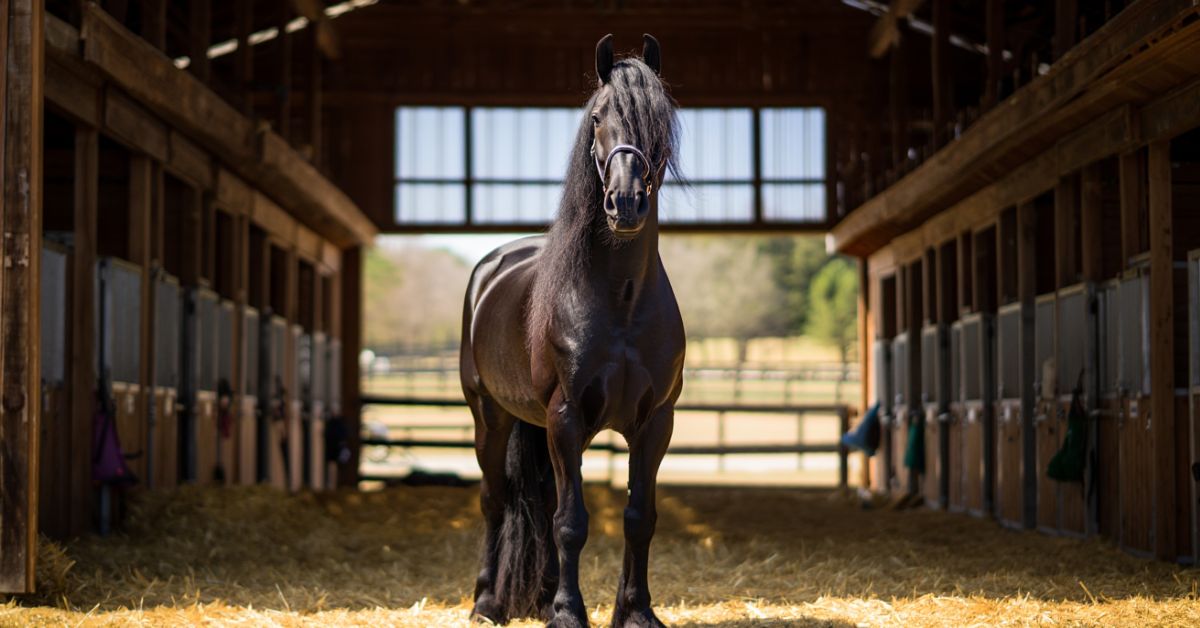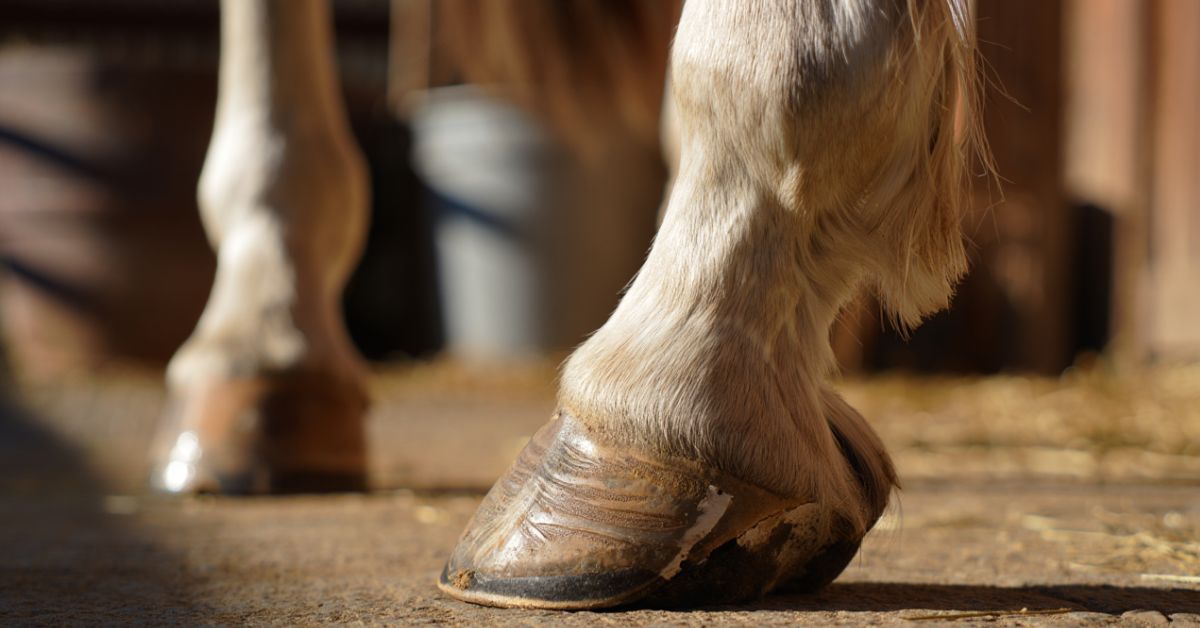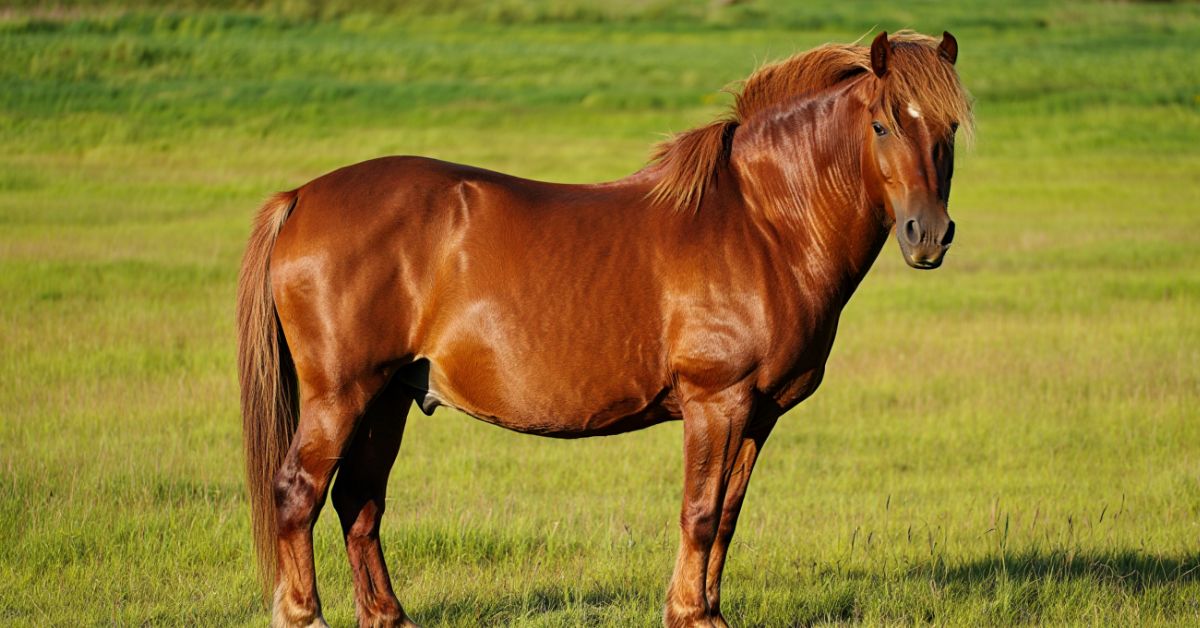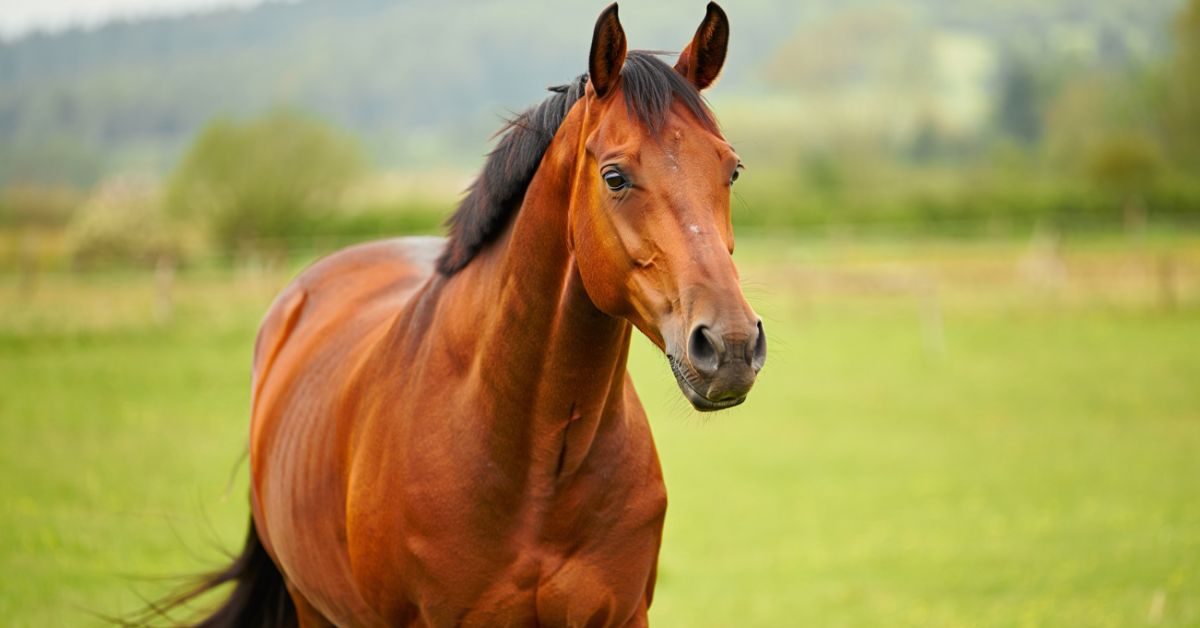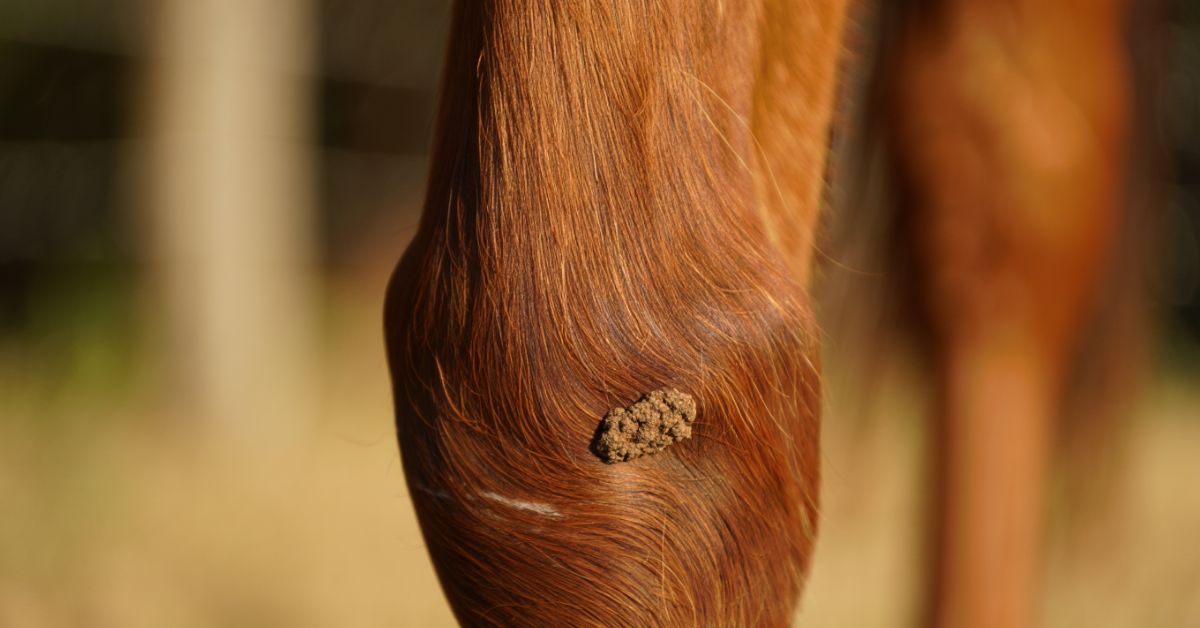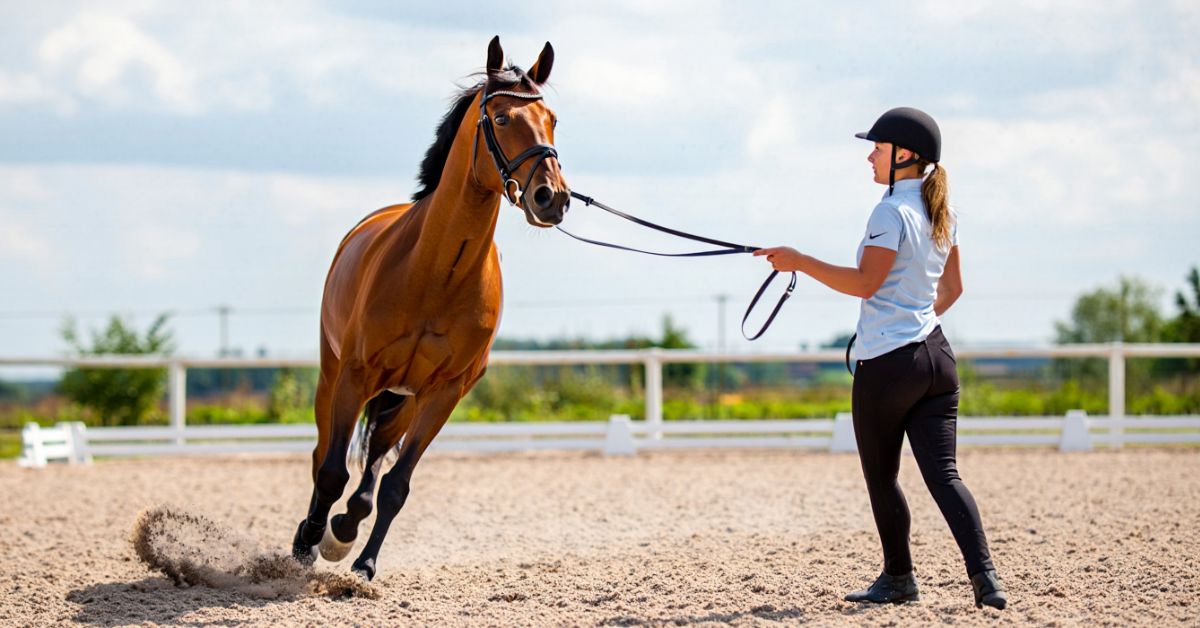
How to Teach a Horse to Lunge: Master Essential Groundwork Techniques
Teaching a horse to lunge is one of the most fundamental skills every equestrian should master. Lunge line training creates a solid foundation for your horse's education while building respect, fitness, and obedience from the ground. Whether you're a seasoned rider looking to refresh your groundwork for horses or a beginner eager to establish proper ground manners, this comprehensive guide will walk you through every step of the process.
Lunging a horse for beginners might seem intimidating at first, but with the right approach, proper lunging equipment, and consistent practice, you'll soon develop confidence in this essential horse training basics skill. The beauty of lunge line training lies in its versatility – it's perfect for exercising young horses, building fitness in older companions, and establishing clear communication through voice commands for lunging and body language for lunging.
At Dream Horse, we understand that successful horse lunging techniques require not just knowledge, but also quality equipment that supports your training goals. Our carefully curated collection of training accessories ensures you have everything needed to create positive, productive lunging sessions that strengthen your bond with your equine partner.
Chapter 1: Essential Lunging Equipment and Setup
Understanding Your Lunging Arsenal 🎯
Before you can teach a horse to lunge effectively, you need the right tools for the job. Quality lunging equipment forms the backbone of successful training sessions and ensures both safety and effectiveness in your groundwork for horses.
The lunge line serves as your primary communication tool, typically measuring 25-30 feet in length. Look for lines made from durable materials like cotton or nylon webbing that won't burn your hands during extended sessions. A good lunge line should have a secure snap attachment and comfortable weight distribution – too light and you'll lose feel, too heavy and you'll tire quickly.
Your lunge whip isn't about intimidation; it's an extension of your arm that helps direct energy and movement. The ideal whip should feel balanced in your hand, with a length that allows you to reach your horse's hindquarters without moving from your position. Many trainers prefer whips with replaceable lashes for longevity.
A proper lunge cavesson distributes pressure evenly across your horse's nose and provides multiple attachment points for different training needs. Unlike a regular halter, a cavesson is specifically designed for the lateral pressures of lunging work. Some riders prefer using a well-fitted halter initially, but investing in a quality cavesson pays dividends as training progresses.
The training environment plays a crucial role in your success. Round pen lunging offers the ideal setup for beginners, as the circular boundary naturally encourages proper movement patterns. If you don't have access to a round pen, a fenced arena or paddock with good footing works well. Avoid areas with distractions, uneven ground, or limited space that could compromise safety.
Lunging safety tips start with proper equipment inspection. Check all buckles, snaps, and stitching before each session. Wear sturdy boots with good tread, gloves to protect your hands, and consider a helmet – horses can be unpredictable, even during ground work.
Chapter 2: Preparing Your Horse for Lunge Line Training
Building the Foundation for Success
How to start lunging a horse begins long before you pick up that lunge line. The preparation phase determines whether your training sessions will be productive partnerships or frustrating struggles. Every successful lunging program starts with solid ground manners and mutual respect.
Begin by establishing respecting personal space in your daily interactions. Your horse should stand quietly while being groomed, move away from pressure politely, and respond to your body language cues. These fundamental behaviors translate directly into lunging success. A horse that crowds you on the ground will likely pull on the lunge line or ignore your directional cues.
Desensitizing to the lunge whip represents a critical preparation step that many riders rush through. Start by simply holding the whip while grooming or leading your horse. Let them see it, smell it, and understand it's not a threat. Gradually introduce movement, first with small motions near their shoulder, then extending the range as they remain calm.
The concept of pressure and release lunging forms the philosophical foundation of all your training. Horses learn through the consistent application and removal of pressure – whether that's physical pressure from the lunge line or psychological pressure from your body position. When your horse responds correctly, immediately release the pressure and offer praise. This clear communication system builds confidence and understanding.
Voice commands for lunging should be introduced gradually and consistently. Start with simple commands like "walk on," "whoa," and "easy." Use the same tone and inflection each time, and always follow voice commands with appropriate body language reinforcement. Remember, horses read energy and intention more than specific words.
Consider your horse's individual needs when planning your approach. Lunging a young horse requires shorter sessions with more frequent breaks and abundant positive reinforcement. These horses are still developing physically and mentally, so patience becomes your greatest tool. Lunging an older horse might involve addressing established habits or physical limitations that require modified techniques.
The timing of your introduction matters significantly. Choose a day when your horse is alert but not overly energetic. Avoid windy conditions or times when other horses are being turned out nearby. Your horse should be comfortable with basic leading and standing tied before attempting lunge work.
Chapter 3: Step-by-Step Lunging Techniques
Mastering the Art of Circle Work
The moment has arrived to put theory into practice. Horse lunging techniques require coordination between your body position, lunge line management, and clear communication with your horse. Success comes through understanding that you're not just making your horse move in circles – you're creating a dialogue through movement.
Position yourself at what experienced trainers call the "triangle of control." Imagine your horse as the point of a triangle, with the lunge line forming one side and your whip creating the other. Your position at the base of this triangle allows you to influence both forward movement and direction effectively. Too far forward and you'll block movement; too far back and you'll lose steering control.
Start with your horse wearing familiar tack – a well-fitted halter or lunge cavesson works perfectly for initial sessions. Attach your lunge line to the center ring of the cavesson or the side ring of the halter. Hold the line in your outside hand (right hand when the horse moves clockwise) and the whip in your inside hand.
Walk, trot, canter on the lunge progression follows a natural sequence, but don't rush the process. Begin by leading your horse in a large circle while you walk a smaller inner circle. Gradually increase the distance between you and your horse, allowing the lunge line to extend. Your initial goal is simply forward movement on a circle, not specific gaits.
Establishing a rhythm requires patience and consistency. Many horses initially rush or drag during their first lunging experiences. Use your voice to encourage steady rhythm – a rhythmic "walk on, walk on" helps establish pace. Your own body rhythm influences your horse's movement, so maintain steady, purposeful steps even when you're not walking alongside them.
Forward movement on the lunge sometimes challenges horses who prefer to turn inward or stop altogether. When your horse slows or stops, step toward their hindquarters while raising your whip. Don't wave it aggressively – simply elevate it to create visual pressure. The moment they move forward, lower the whip and praise them verbally.
Changing direction while lunging introduces complexity to your sessions. Begin direction changes by asking your horse to walk toward you, then leading them around to face the opposite direction. As you both progress, you can teach direction changes through voice commands and body position changes, creating fluid transitions that demonstrate advanced communication.
The key to successful lunging circles lies in consistency of size and shape. Horses naturally want to make small circles or cut corners, but this defeats the training purpose and can cause physical strain. Use your body position to maintain circle size – step toward your horse to enlarge the circle, step back to make it smaller.
Troubleshooting Common Challenges
Troubleshooting lunging problems requires understanding why horses behave certain ways and addressing root causes rather than symptoms. Common lunging mistakes often stem from handler inexperience rather than horse defiance.
Horse pulling on the lunge line typically indicates confusion about pressure release or an attempt to evade work. Resist the urge to pull back – this creates a contest of strength you'll likely lose. Instead, use intermittent pressure and release, asking for softness rather than demanding submission. When your horse gives even slightly to pressure, immediately release and praise.
When your horse won't move forward, examine your body language and energy level. Horses mirror our emotions, so tentative or fearful energy often produces lazy responses. Increase your energy first – walk more purposefully, use more animated voice commands, and project confidence through your posture. If these adjustments don't work, have someone help by walking behind the horse initially.
Chapter 4: Advanced Lunging Applications and Benefits
Maximizing Training Value Through Purposeful Practice
Understanding lunging benefits transforms routine exercise into targeted training that addresses specific needs and goals. Lunging for exercise serves multiple purposes beyond simple fitness – it develops balance, rhythm, and self-carriage while providing valuable assessment opportunities for riders and trainers.
Building a horse's topline through consistent lunge work requires understanding biomechanics and progressive conditioning. When horses work correctly on the lunge, they naturally engage their core muscles and develop the back and neck muscles essential for carrying riders comfortably. This process takes time – typically 3-6 months of consistent work to see significant topline changes.
Lunging for respect addresses behavioral issues through clear boundary setting and consistent expectations. Horses who crowd handlers, ignore commands, or show disrespectful behavior often benefit from structured lunge work that establishes clear roles and expectations. However, respect must be earned through fair, consistent leadership rather than forced through intimidation.
Correct lunging posture from both horse and handler creates the foundation for quality work. Your horse should maintain steady rhythm, consistent bend through their body, and engagement of their hindquarters. You should maintain an upright, balanced position that allows fluid movement and clear communication.
Long lining vs lunging offers different training advantages. While single-line lunging focuses on circle work and basic obedience, long lining with two lines provides greater control and preparation for riding aids. Both techniques have their place in comprehensive horse education programs.
Lunging transitions between gaits test and develop your horse's responsiveness and balance. Positive reinforcement lunging emphasizes rewarding correct responses immediately and consistently. This approach builds confidence and willingness in horses of all ages and experience levels.
Advanced applications include joining up in the round pen, where the enclosed space allows for more intense communication and bonding experiences. This technique, popularized by natural horsemanship practitioners, can create profound connections between horse and handler when applied correctly.
Addressing Specific Scenarios
Lunging a young horse requires modified expectations and techniques. Young horses have shorter attention spans, less physical strength, and more distractible minds. Sessions should be brief (10-15 minutes initially), with frequent praise and simple, clear requests. Focus on basic forward movement and stopping rather than specific gaits or complex maneuvers.
Lunging an older horse may involve working around physical limitations or established habits. Senior horses often benefit from longer warm-up periods and gentler requests. Some older horses have negative associations with lunging from previous experiences, requiring patient reconditioning to create positive associations.
Balanced lunging ensures equal development on both sides of the horse's body. Most horses have a preferred direction and show more stiffness or resistance going one way. Keep detailed records of your sessions to ensure equal work in both directions and adjust your training plan to address imbalances.
The integration of lunging with other training methods creates comprehensive education programs. Combine lunge work with ground driving, liberty work, and under-saddle training for well-rounded horses who understand multiple communication systems.
Chapter 5: Safety, Progress Tracking, and Long-term Success
Creating Sustainable Training Programs
Lunging safety tips extend beyond equipment checks to include environmental awareness, horse behavior assessment, and personal protection strategies. Before each session, evaluate your horse's energy level, weather conditions, and potential distractions. A spooky horse on a windy day requires different handling than a calm horse in perfect conditions.
Proper warm-up and cool-down protocols prevent injuries and create positive associations with lunge work. Begin each session with hand-walking or gentle movement, gradually increasing intensity. Always end on a positive note – if your horse struggles with a particular request, return to something they do well before finishing.
Body language for lunging communication works both ways. While you're using your position and energy to influence your horse, they're constantly communicating their comfort level, understanding, and willingness through their body language. Learn to read tension in their neck, tail position, ear placement, and overall demeanor.
Recognizing when to push forward versus when to back off requires experience and intuition. Horses have good and bad days, just like people. Sometimes the most productive thing you can do is end a session early or modify your goals based on what your horse is telling you.
Progressive training plans keep both you and your horse motivated and improving. Start with basic goals like maintaining forward movement for 5 minutes, then gradually add complexity. Keep training logs that track duration, exercises attempted, and behavioral observations. This documentation helps identify patterns and progress over time.
Equipment maintenance and storage ensures safety and longevity of your investment. Clean leather items regularly, check stitching and hardware frequently, and store equipment in dry, organized spaces. Replace worn items before they fail – the middle of a training session is not when you want to discover a weak snap or frayed line.
Building Long-term Relationships Through Consistent Practice
The ultimate goal of lunge line training extends beyond creating an obedient horse – it's about building a partnership based on mutual respect, clear communication, and shared enjoyment of the training process. Horses who enjoy their lunge work show it through alert but relaxed body language, willingness to participate, and consistent improvement over time.
Seasonal considerations affect lunging programs significantly. Winter sessions might be shorter due to weather constraints, while summer training may require early morning or evening scheduling to avoid heat stress. Adapt your program to natural rhythms rather than forcing unrealistic expectations.
Integrating family members or other riders into your lunging program can provide valuable learning opportunities and fresh perspectives. Different handlers bring unique energy and communication styles that can help horses generalize their training to various situations.
Community involvement and continued education through clinics, training videos, and mentorship relationships accelerate your progress and prevent the development of bad habits. The equestrian community offers tremendous resources for those willing to seek guidance and remain open to new approaches.
Remember that teaching a horse to lunge is not a destination but a journey of ongoing refinement and relationship building. Each session offers opportunities for learning, growth, and deeper connection with these remarkable animals who teach us as much as we teach them.
Frequently Asked Questions About Horse Lunging
How long should I lunge my horse? Beginning sessions should last 10-15 minutes, gradually increasing to 20-30 minutes as your horse develops fitness and attention span. Lunging for exercise should consider your horse's age, fitness level, and training goals.
What's the difference between lunging in a halter versus a lunge cavesson? A lunge cavesson provides better control and more comfortable pressure distribution for extended lunging sessions, while a halter works adequately for basic training and short sessions.
Can I lunge my horse every day? Daily lunging is possible but not always necessary. Horse lunging techniques are most effective when integrated with other training methods and rest days to prevent mental and physical fatigue.
How do I know if my horse is ready for cantering on the lunge? Your horse should demonstrate consistent rhythm and balance at walk and trot, respond promptly to voice commands, and maintain steady circles before attempting walk, trot, canter on the lunge progressions.
What should I do if my horse gets excited or spooks during lunging? Maintain calm energy, use soothing voice tones, and return to basic exercises your horse knows well. Lunging safety tips emphasize prevention through proper preparation and environmental management.
